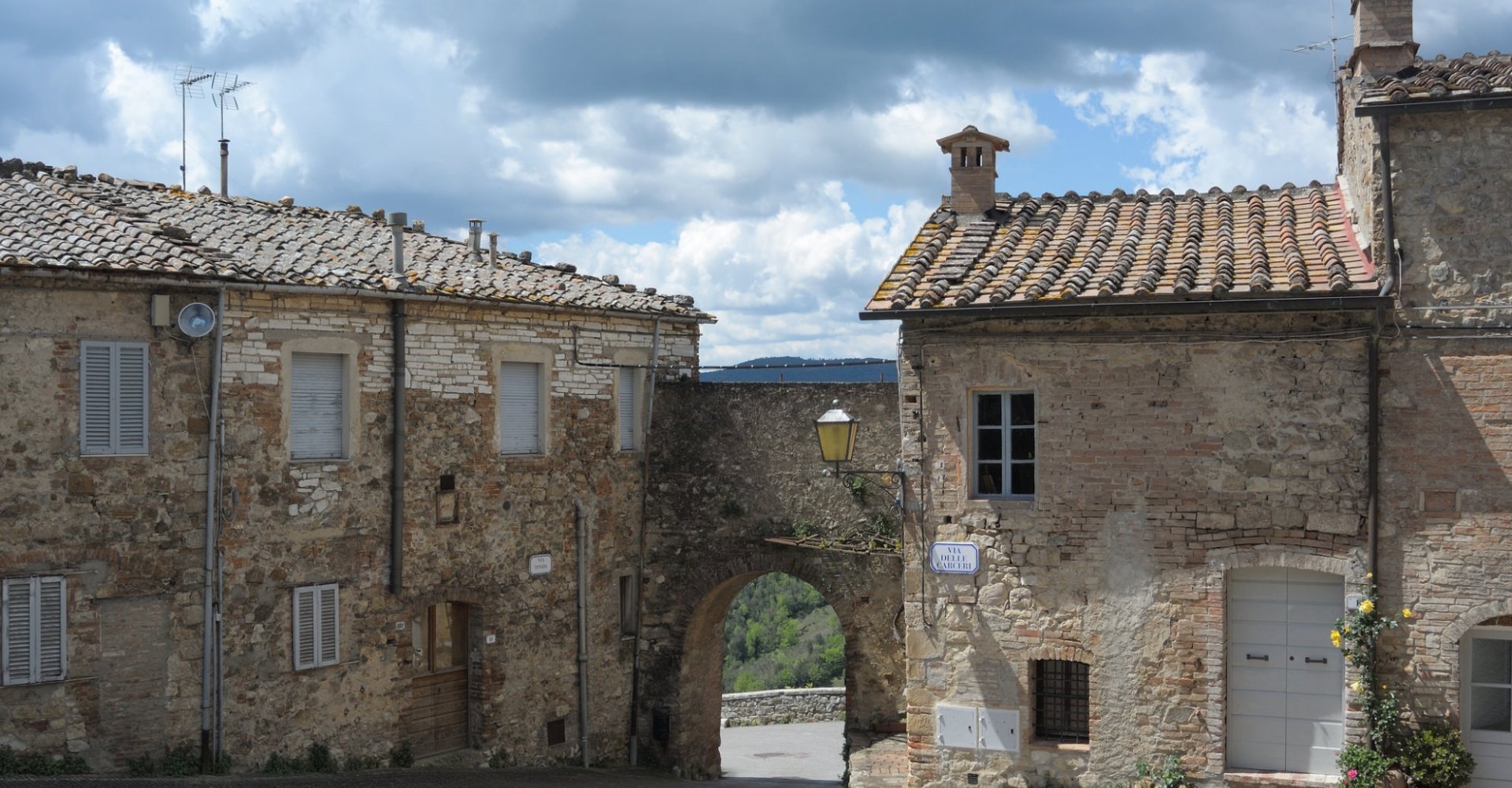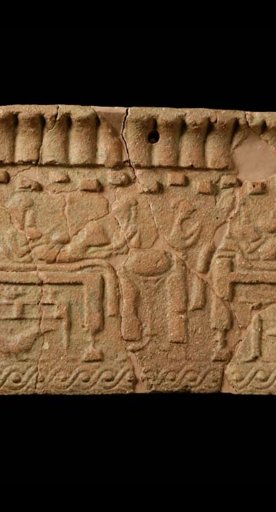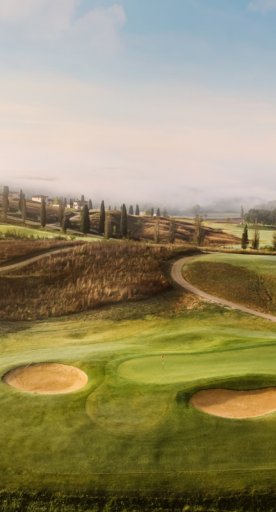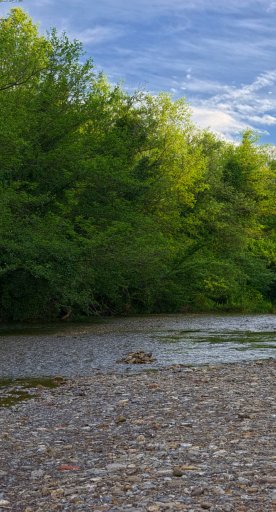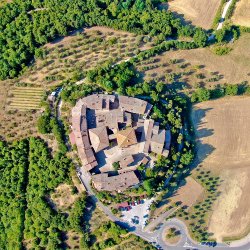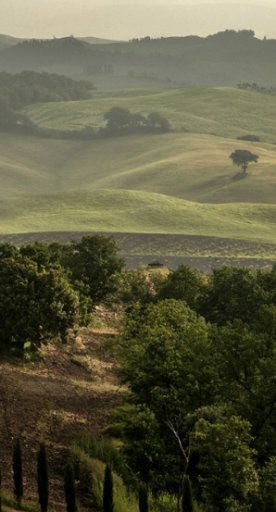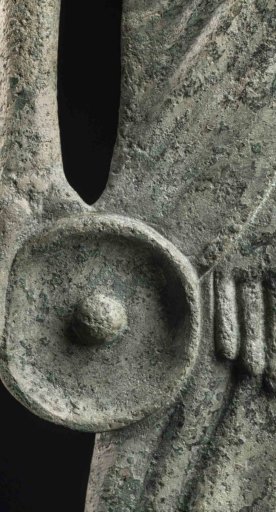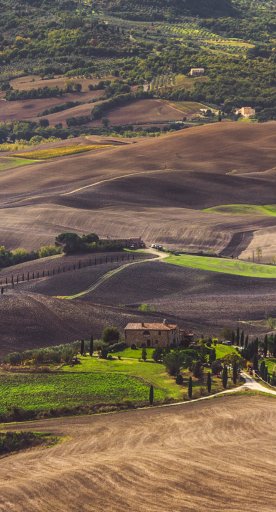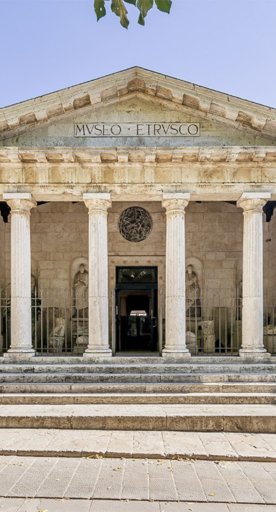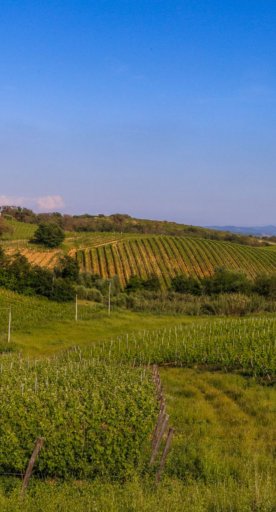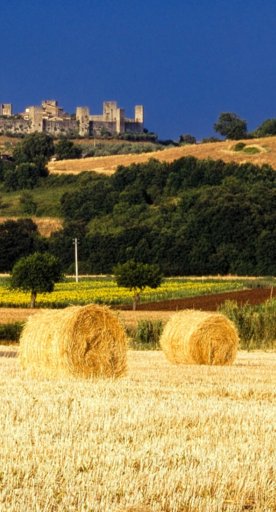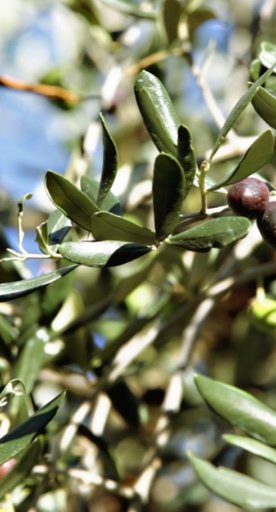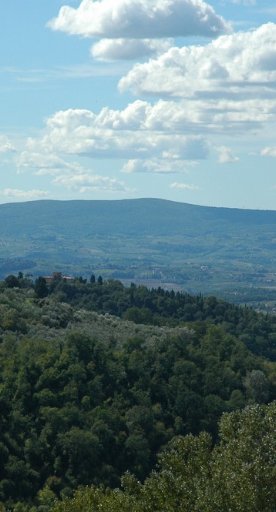Murlo
A historic village in the Siena area with a medieval appearance but Etruscan soul
You can imagine what the beautiful village of Murlo is like by its name alone. The Latin word murulus means “walled place,” so images of beautiful terracotta walls encircling the village instantly spring to mind. Then again, according to others, its name could also have derived from the Latin word mus (‘mouse’), and it isn’t by chance that different types of rodents are seen frantically peeking out of the ancient municipal coats of arms.
The distinctive medieval village is situated at the top of a hill from where it dominates the valley of Crevole, covered in dense woodland, on the border between the Val di Merse (to which Murlo belongs to) and the area of Crete della Val d’Arbia, overlooking the Ombrone Valley and the hill of Montalcino.
What to see in Murlo
The area was inhabited long ago; its origins are closely tied to Etruscan civilization, as evidenced by relics found in Poggio Civitate and Poggio Aguzzo.
Murlo Castle, a typical fortified village, dates back to the 12th century when it was the main feudal centre of the bishops of Siena and Vescovado. The castle’s map that we have today is based on the alterations made at the end of the 16thcentury after the fall of the Republic of Siena. It reveals the structure of the historic fortress, with walls towered by small dwellings that surround the Bishop’s Palace (now the site of the interesting Archaeological Museum, inside which you can admire the remarkable Etruscan Antiquarium of Civitate), the prison and the cathedral.
The Montespecchio Hermitage is also particularly interesting, situated in a town of the same name. Its walls were built right at the beginning of the Middle ages and have a larger inclination than the Leaning Tower of Pisa.
The area was inhabited long ago; its origins are closely tied to Etruscan civilization, as evidenced by relics found in Poggio Civitate and Poggio Aguzzo.
Murlo Castle, a typical fortified village, dates back to the 12th century when it was the main feudal centre of the bishops of Siena and Vescovado. The castle’s map that we have today is based on the alterations made at the end of the 16thcentury after the fall of the Republic of Siena. It reveals the structure of the historic fortress, with walls towered by small dwellings that surround the Bishop’s Palace (now the site of the interesting Archaeological Museum, inside which you can admire the remarkable Etruscan Antiquarium of Civitate), the prison and the cathedral.
The Montespecchio Hermitage is also particularly interesting, situated in a town of the same name. Its walls were built right at the beginning of the Middle ages and have a larger inclination than the Leaning Tower of Pisa.
Nearby
Near Murlo is Vescovado, a historic village formed by merging two (Andica and Tinoni) into one. They were still separate at the beginning of the 19th century. The church is home to a painting by Benvenuto di Giovanni from 1475, portraying the enthroned Madonna with saints.
In the charming surrounding area is the Nature Reserve of Basso Merse, whose riverbed is home to all types of rare species, such as otters and various amphibians.
Continuing on your exploration of the Siena Area, treat yourself to a relaxing wellbeing session at the Petriolo Spa in Monticiano or the one in Rapolano; or you can opt to visit the San Galgano abbey in Chiusdino, a place full of mystery evoking an atmosphere of silent reflection.
Near Murlo is Vescovado, a historic village formed by merging two (Andica and Tinoni) into one. They were still separate at the beginning of the 19th century. The church is home to a painting by Benvenuto di Giovanni from 1475, portraying the enthroned Madonna with saints.
In the charming surrounding area is the Nature Reserve of Basso Merse, whose riverbed is home to all types of rare species, such as otters and various amphibians.
Continuing on your exploration of the Siena Area, treat yourself to a relaxing wellbeing session at the Petriolo Spa in Monticiano or the one in Rapolano; or you can opt to visit the San Galgano abbey in Chiusdino, a place full of mystery evoking an atmosphere of silent reflection.
Events
Bluetrusco takes place in Murlo during the summer, and is the only festival dedicated to Etruscan culture. Guided tours, concerts and theater performances are all on offer. The event also highlights the area’s natural beauty with walks along the hills surrounding the town. There’s also countless contemporary photographic exhibitions, film screenings, food and wine exhibitions and activities dedicated to the debate on history and respect for the environment.
Bluetrusco takes place in Murlo during the summer, and is the only festival dedicated to Etruscan culture. Guided tours, concerts and theater performances are all on offer. The event also highlights the area’s natural beauty with walks along the hills surrounding the town. There’s also countless contemporary photographic exhibitions, film screenings, food and wine exhibitions and activities dedicated to the debate on history and respect for the environment.
Typical dishes and products
Murlo is part of the Wine Cities’ network. An excellent wine and vin santo are produced here and go perfectly with traditional recipes. Typical dishes include the Sienese ribollita (a variant of the classic Tuscan ribollita, made with stale bread, legumes and seasonal vegetables) as well as pici with ragù del fattore (a meat sauce enriched with porcini mushrooms) and stuffed pigeon.
Murlo is part of the Wine Cities’ network. An excellent wine and vin santo are produced here and go perfectly with traditional recipes. Typical dishes include the Sienese ribollita (a variant of the classic Tuscan ribollita, made with stale bread, legumes and seasonal vegetables) as well as pici with ragù del fattore (a meat sauce enriched with porcini mushrooms) and stuffed pigeon.
